Inference on spatiotemporal dynamics for coupled biological populations

Mathematical models in ecology and epidemiology must be consistent with observed data in order to generate reliable knowledge and evidence-based policy. Metapopulation systems, which consist of a network of connected sub-populations, pose technical challenges in statistical inference owing to nonlinear, stochastic interactions. Numerical difficulties encountered in conducting inference can obstruct the core scientific questions concerning the link between the mathematical models and the data. Recently, an algorithm has been proposed that enables computationally tractable likelihood-based inference for high-dimensional partially observed stochastic dynamic models of metapopulation systems. We use this algorithm to build a statistically principled data analysis workflow for metapopulation systems. Via a case study of COVID-19, we show how this workflow addresses the limitations of previous approaches. The COVID-19 pandemic provides a situation where mathematical models and their policy implications are widely visible, and we revisit an influential metapopulation model used to inform basic epidemiological understanding early in the pandemic. Our methods support self-critical data analysis, enabling us to identify and address model weaknesses, leading to a new model with substantially improved statistical fit and parameter identifiability. Our results suggest that the lockdown initiated on 23 January 2020 in China was more effective than previously thought.
